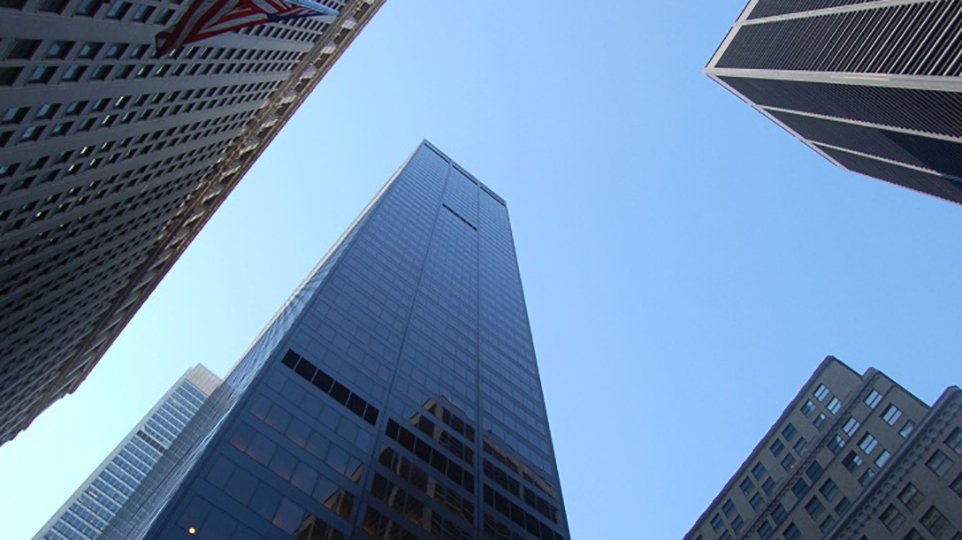Extraction, processing, transportation (sourcing raw-to-factory and factory-to-consumer), building construction & demolishing generate material wastes in volumes. The building occupancy as well leads to large consumption and disposal of materials for its operation and maintenance.
Though manufacturing and transportation charges are inherent to the product pricing, the cost of environmental impact remains non-tangible. There is a serious need to look into aspects of material selection, waste disposal and waste reduction. Before Industrial Revolution the use of natural and local materials by default made the buildings or habitats eco-friendly in nature. In recent times, the burgeoning population and demand for luxury & comfort is putting unprecedented stress over natural resources, environmental health and human health. Building construction technology and methods have evolved and have become material and energy intensive by sheer size and pace of construction.
Also, as a usual practice the materials are evaluated in terms of their physical, mechanical and durability index apart from the cost factor. The potential health hazard associated with materials is often cannot be interpreted in tangible ways. Toxicity through materials is seldom understood and recognised. This is manifested either through inhalation, skin contact or sometimes due to ingestion. Once inside the body, the toxins can play havoc with the human health. They can be the unseen silent killers. The emission of nanoparticles from building materials, emission of concrete additives, VOC from paints, formaldehydes, semi-volatile organic compounds (SVOC), leaching of organotins, radon, NOx, asbestos, CFC, Heavy metals (Lead, Chromium, Antimony, Cadmium, Mercury) etc. can pose potential threat to human health. The range of pathologies related to exposure to such toxicity includes respiratory, cardiovascular, lymphatic, autoimmune, neurodegenerative diseases, cancer etc. that can manifest due to prolonged exposure. Sometimes materials can even trigger the formation of mould and fungi, which leads to allergies on one hand and can lead to more energy demand on the other hand.
Toxicity due to materials in the built environment is no more a health professional subject matter only; the boundaries have widened to bring in architects, civil engineers and construction industry professionals to deal with them in an integrated fashion. Material science is a specialization gaining importance to also deal with problems like Sick Building Syndrome.
The overall carbon footprint, life cycle cost and toxicity levels are the new lenses through which materials are now rated as green building materials. The focus is now shifting towards environmental stewardship and the repercussions they can have due to the inbuilt toxicity and the cradle to grave journey. Green buildings in this regard play the stewardship role by facilitating the use of locally sourced materials, inclusion of green rated products, responsible reuse/recycling, waste management procedures, regular indoor air monitoring etc. This in turn ensures reduced carbon footprint, reduced environmental impact, ensuring the health of the occupants and maintaining the indoor air quality as few parameters upper capped at the design phase inbuilt in the rating mechanism (LEED – USGBC, CII-IGBC, GRIHA, BREEAM, BCA-Green Mark Scheme, BEAM, EDGE, GREEN STAR SA, ENERGY STAR etc.)
Few simple strategies that can be quickly adopted to circumvent the highlighted issues:
- Reuse of existing buildings (e.g. convert old Heritage buildings into hotels Resorts, use existing school buildings in two or more)
- Use locally available materials to reduce transportation cost and carbon footprint
- Reuse / recycle materials & resources
- Reduce waste
- Follow passive architectural designs
- Use eco-labelled product that meet Green Building Rating standards and are approved according to accepted environmental standards such as ISO-14000 (ECOLOGO, Green Seal, Green Guard, Forest Stewardship Council, GreenPro, BEE Star labelled). Some certifications such as ENERGY STAR® and FSC, certify certain attributes, others, such as GREEN SEAL CERTIFIED® and CRADLE-TO-CRADLE, verify a products overall impact.





